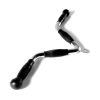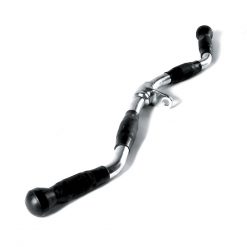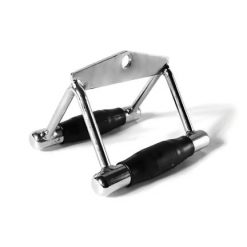Jordan Single Tricep Rope
Sometimes one arm is better than two, and in the case of the Jordan Tricep Rope this is actually the case. A single tricep rope allows exercisers to focus extra hard on each tricep extension, channelling the body’s total weight and power into each single movement. Use with a functional trainer DAP or Single Cable tower.
Sometimes one arm is better than two, and in the case of the Jordan Tricep Rope this is actually the case. A single tricep rope allows exercisers to focus extra hard on each tricep extension, channelling the body’s total weight and power into each single movement. Use with a functional trainer DAP or Single Cable tower.
Brand
Jordan
Jordan are functional fitness experts
For more than 25 years Jordan have been the leading authority on the design, manufacture and supply of quality commercial functional fitness equipment in the UK and now internationally. Here at Gym Marine Yachts & Interiors, we recommend many of their products to our gym design clients. It is often functional gym equipment that will leave your home or superyacht gym feeling complete and the Jordan products are perfect.
Product Question
Please contact us for international shipping options. We’re able to ship most of our products worldwide.








